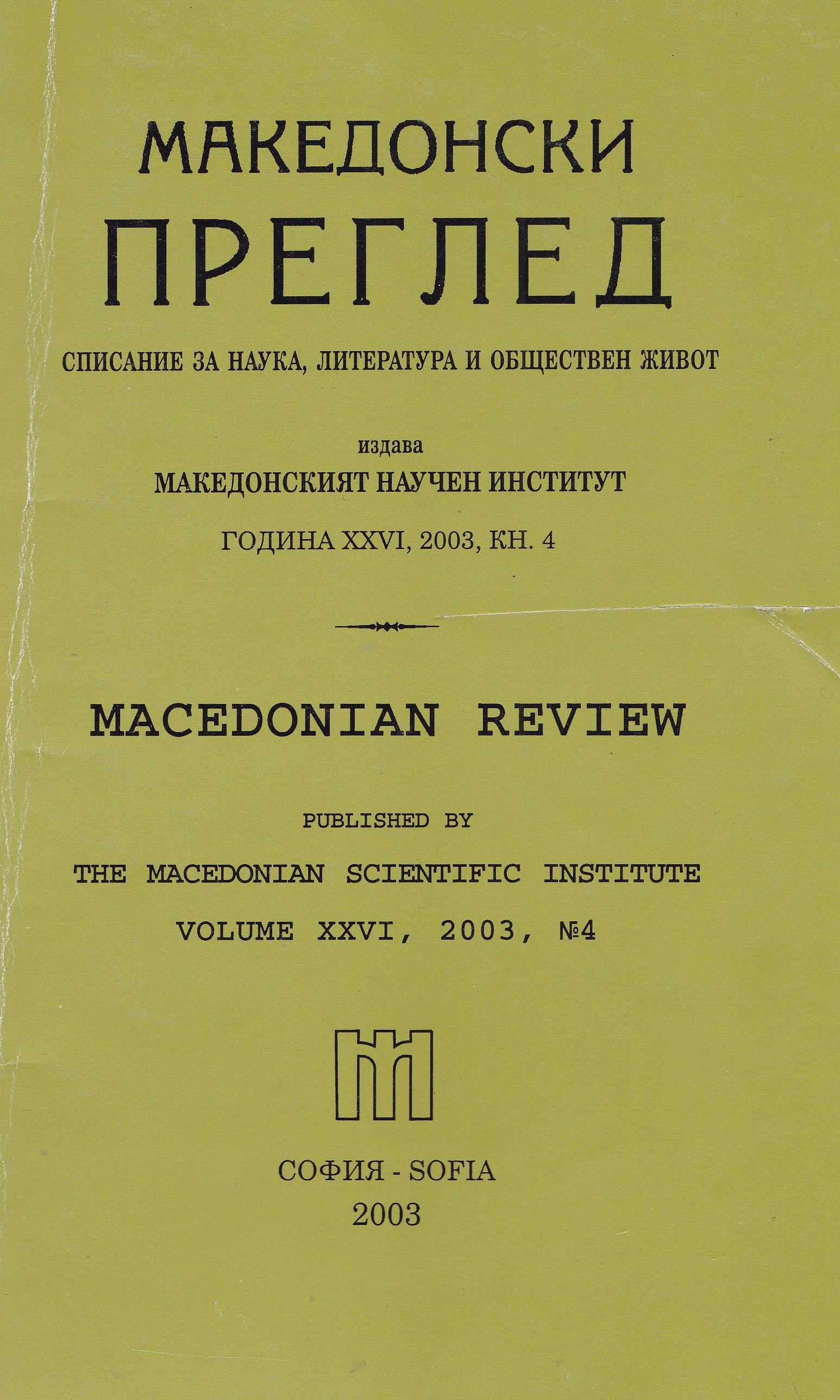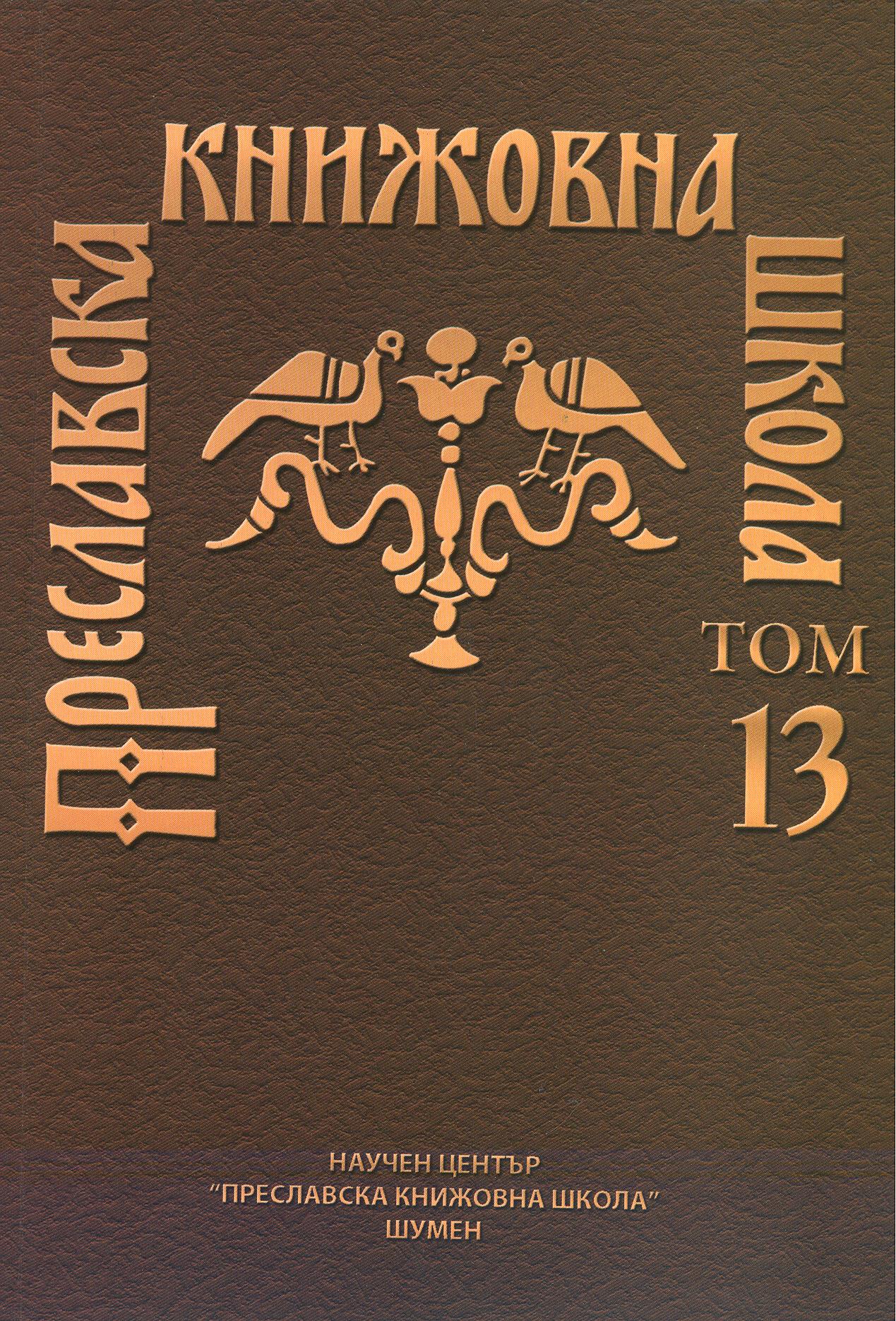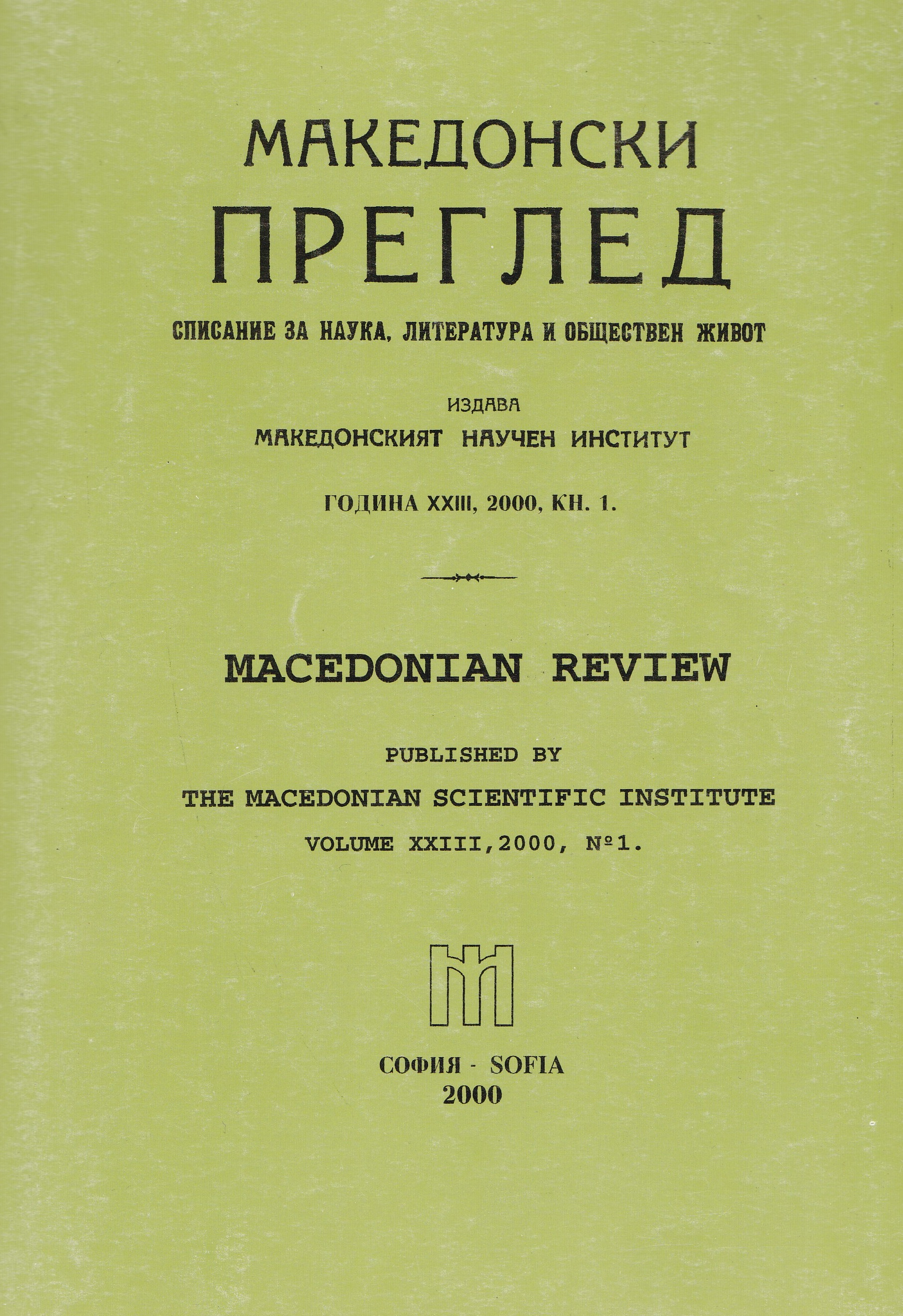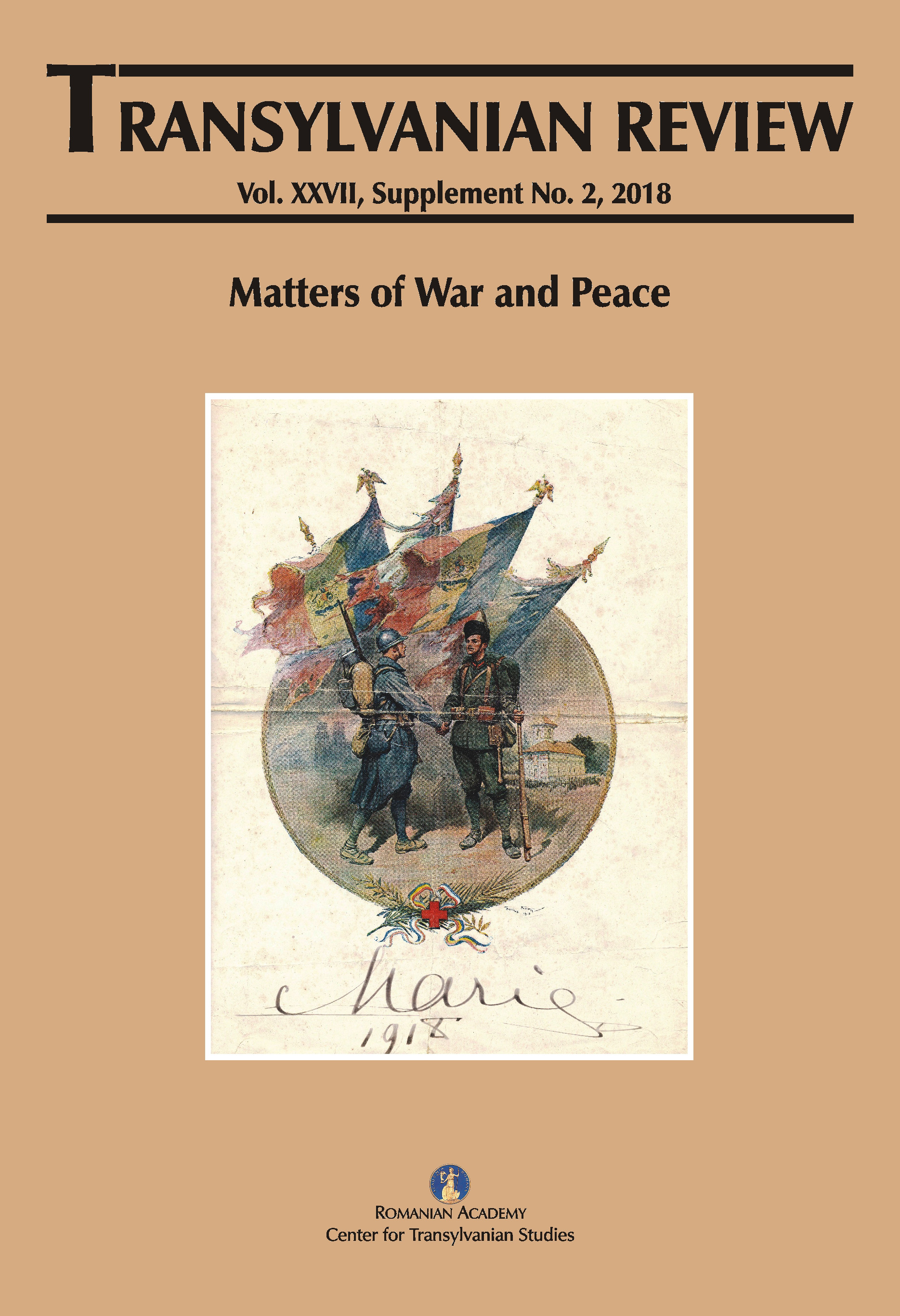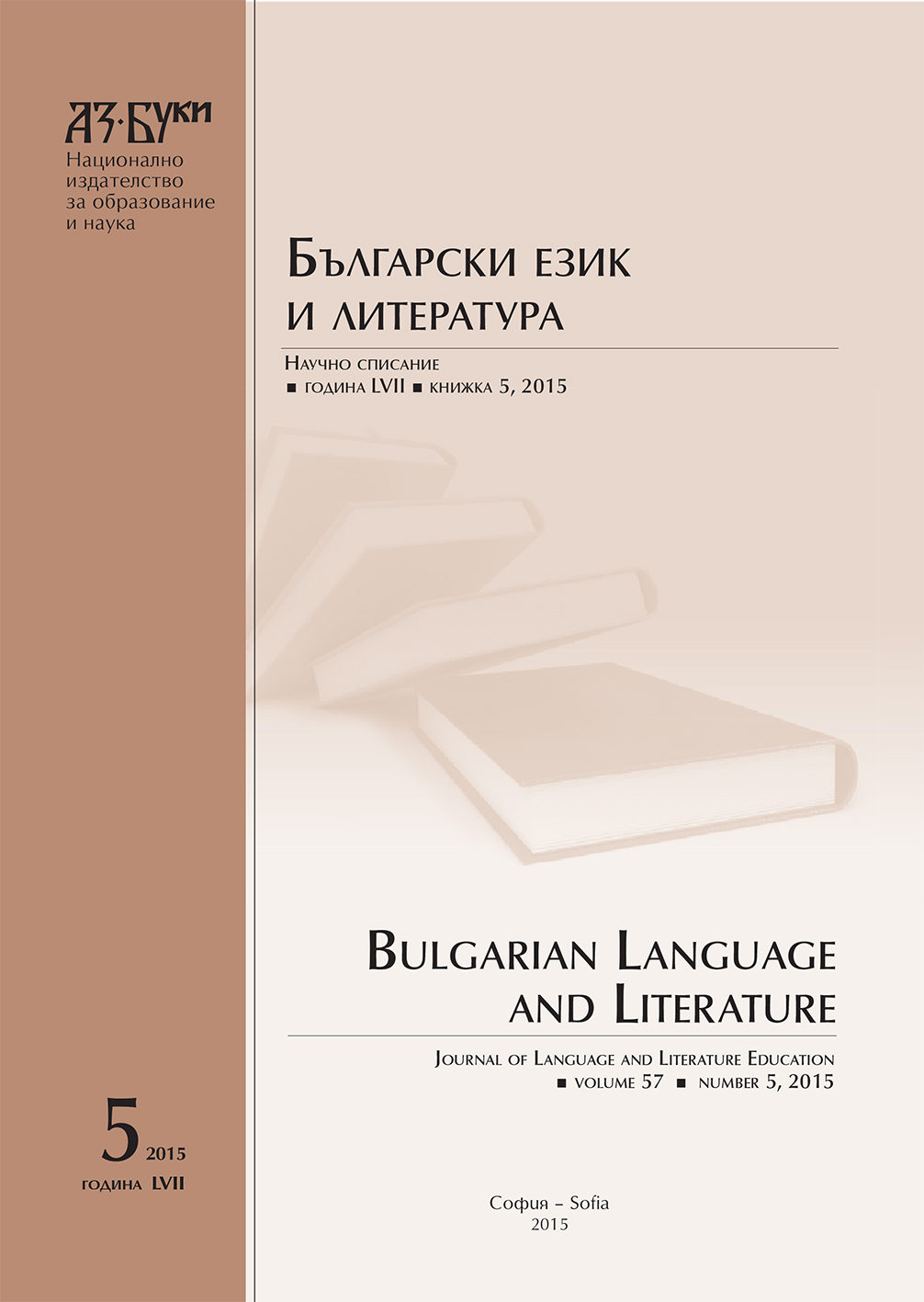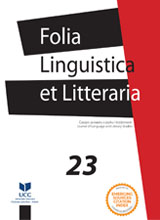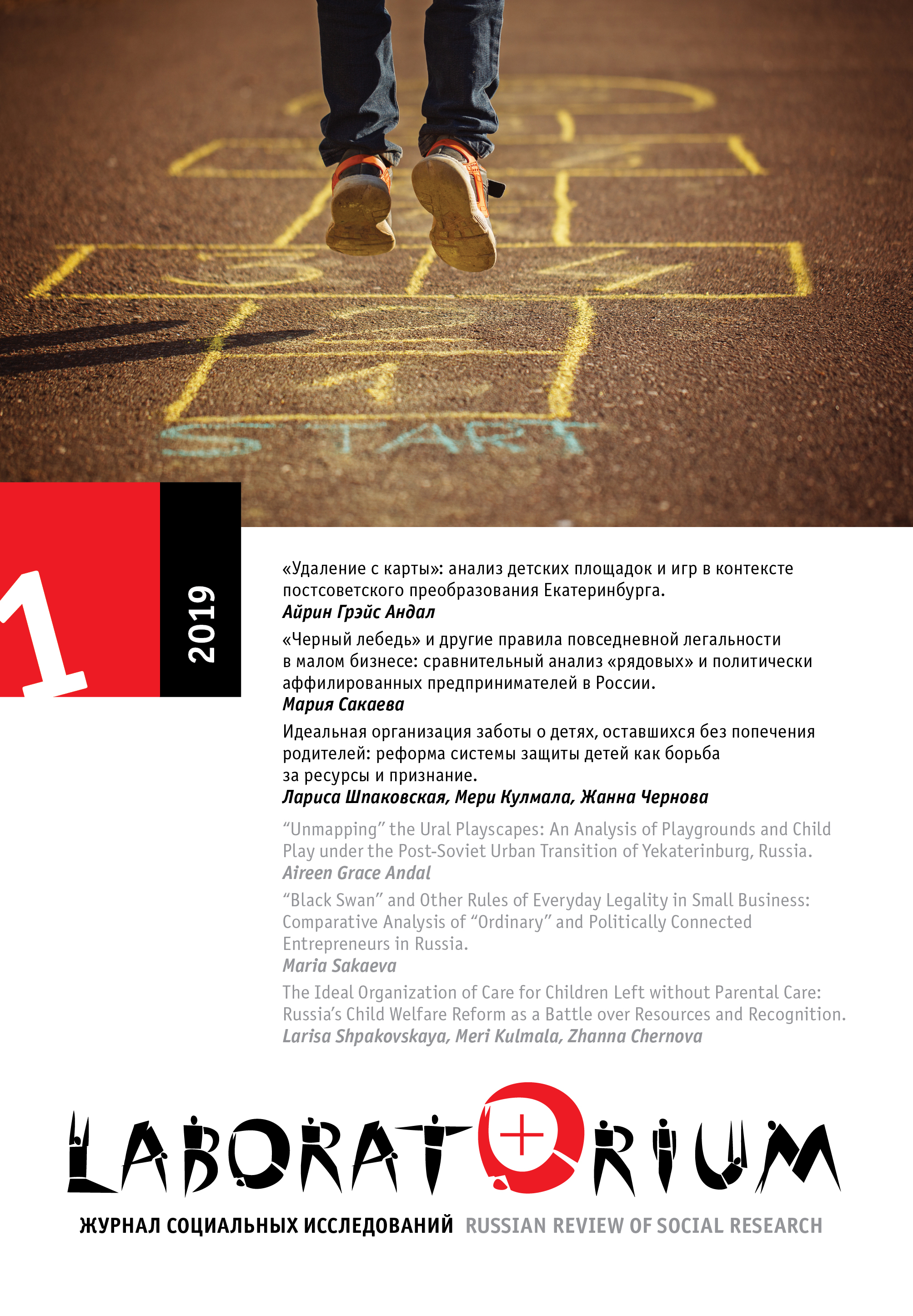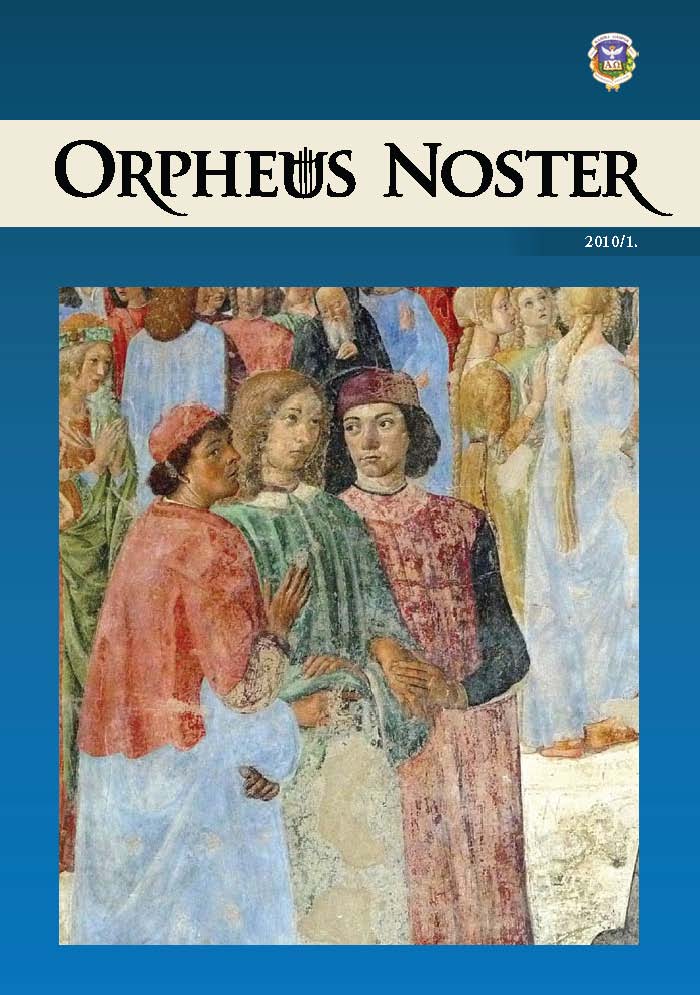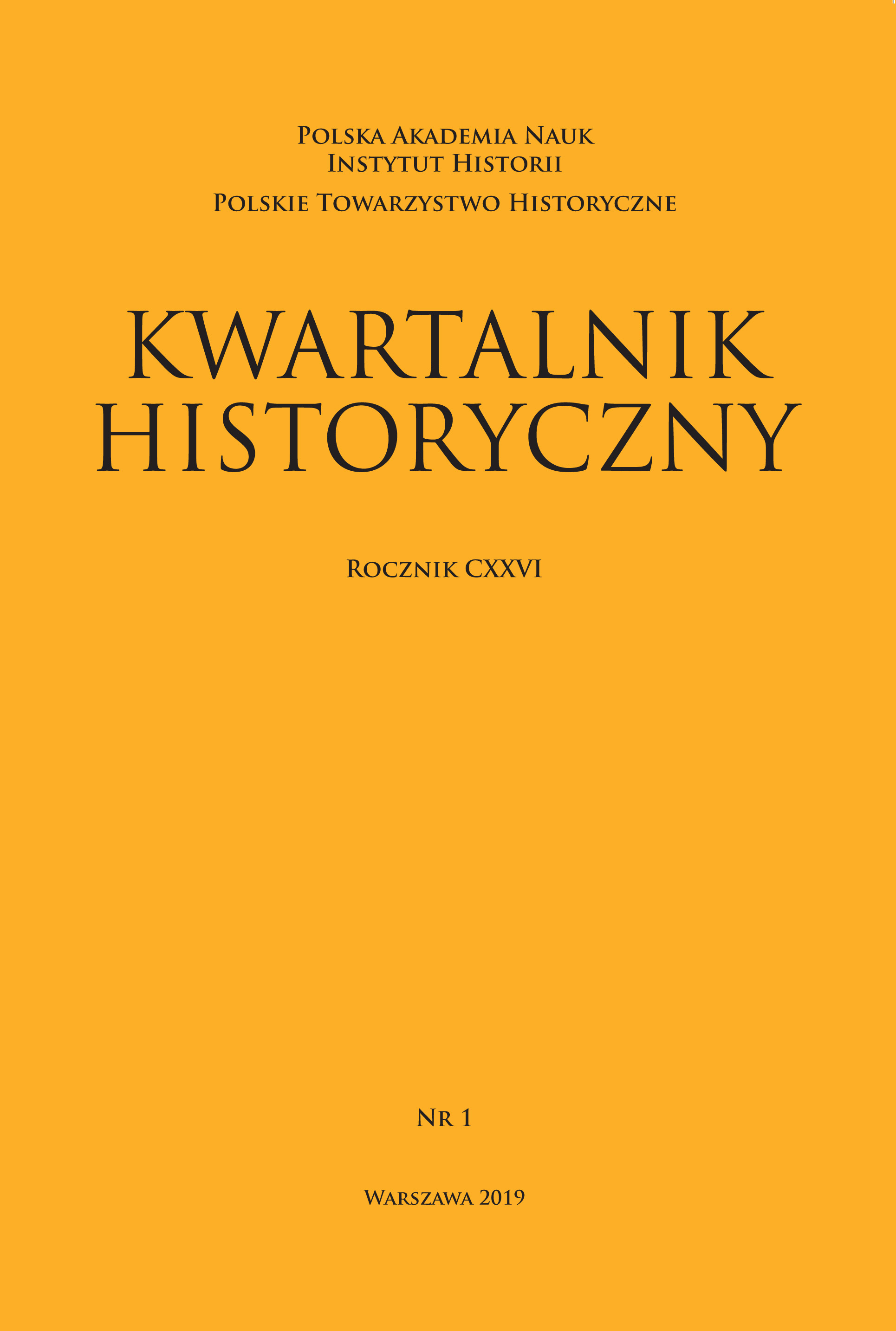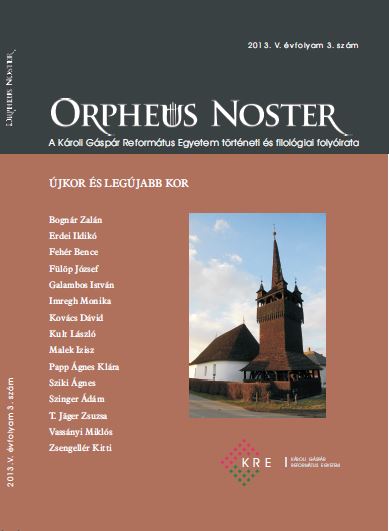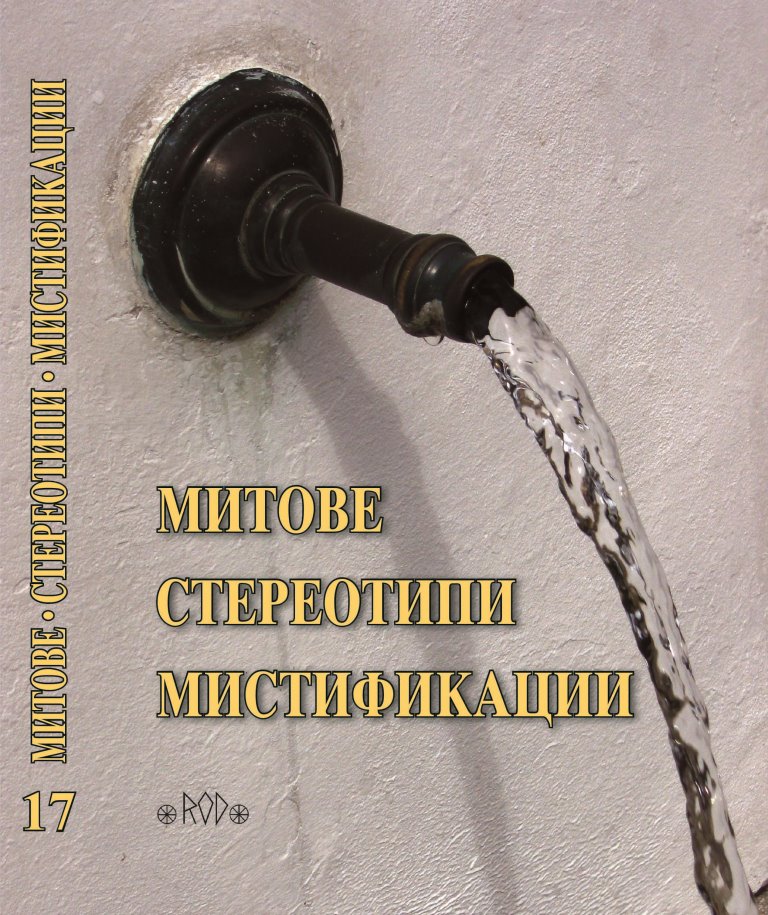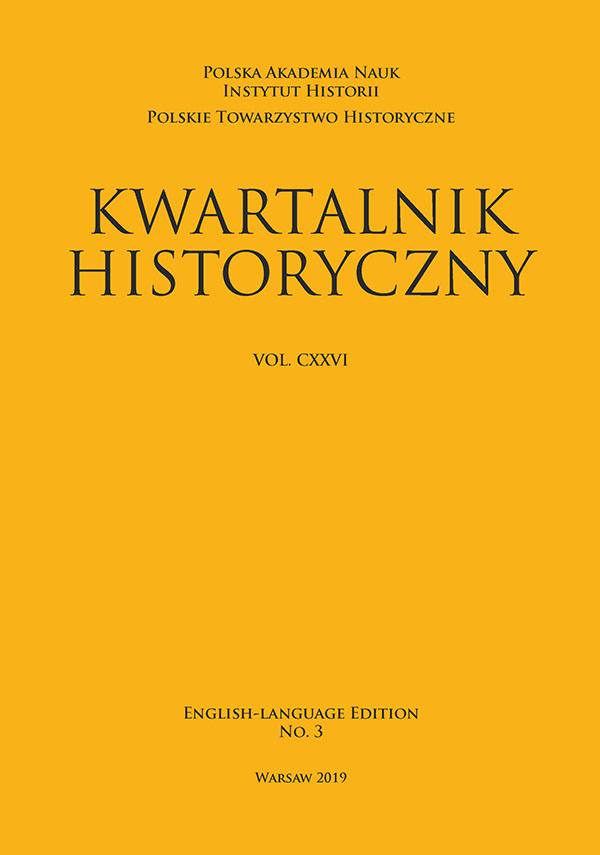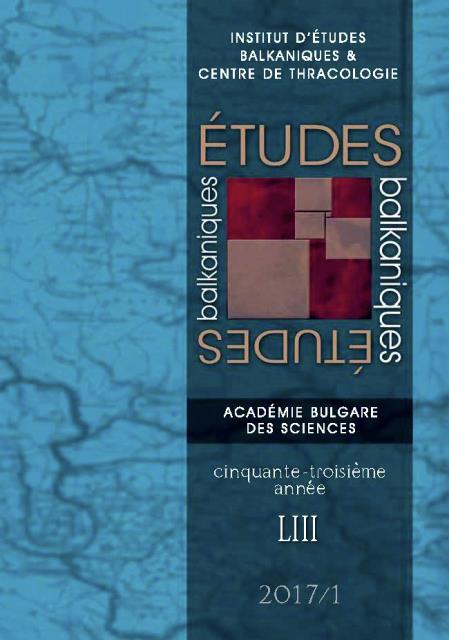
BULGARIAN-ROMANIAN ECONOMIC RELATIONS (1944 – 1965)
Economic relations were an important part of the cooperation between Bulgaria and Romania in the era of socialism (1944 – 1989). Bulgaria and Romania signed the first stand-alone bilateral agreement to restore and develop them in 1945 without the mediation of a third party. In the latter half of the 1950s the two neighbouring countries signed the first three-year Agreement for Exchange of Goods and Payments (1954), and starting in the early 1960s their trade relations were governed by long-term ( five-year) agreements, the first one of which covered the period 1961 – 1965. The economic difficulties stemming from the monetary fluctuations in Romania, the postwar soaring of commodity prices, the failure of both countries to honour their commitments, as well as the unresolved transportation issues qualify the Bulgarian- Romanian trade relations as difficult. Priority went to petroleum products but Romania demonstrated total lack of interest in the Bulgaria agricultural products. The reasons for that were the similar economic profiles and Romania’s focus on the expansion of its domestic production.The development of the bilateral economic relations was also driven by the parallel resolution of a number of practical issues: the construction of the bridge over the Danube, the arrangements on their rail and ferry connections and the settlement of the border issues.
More...
